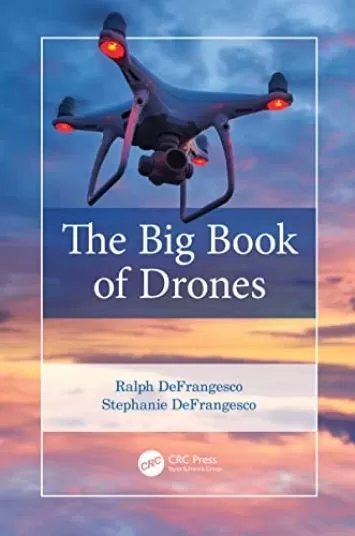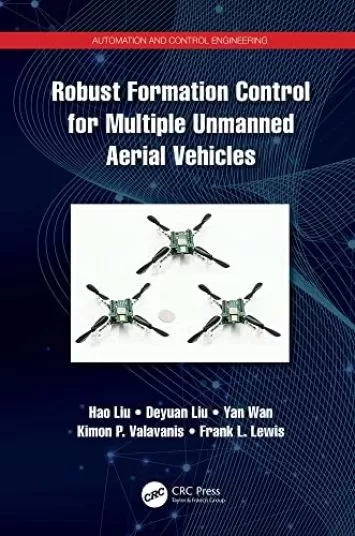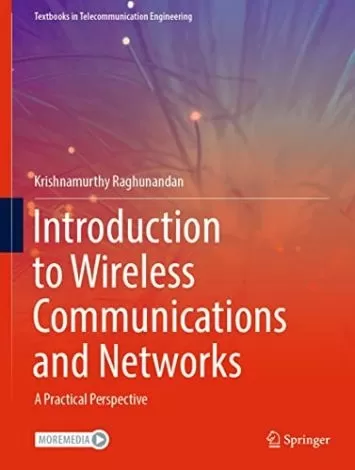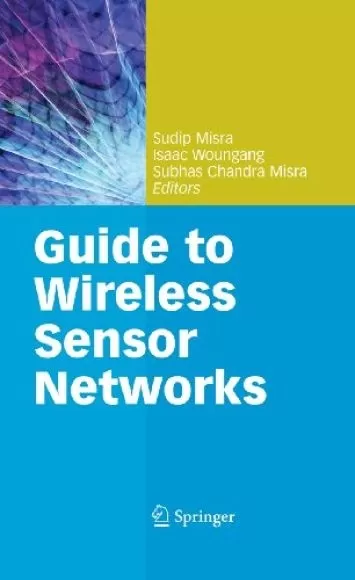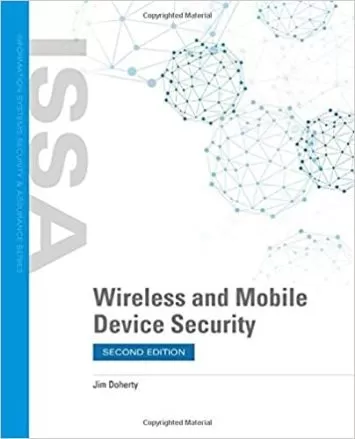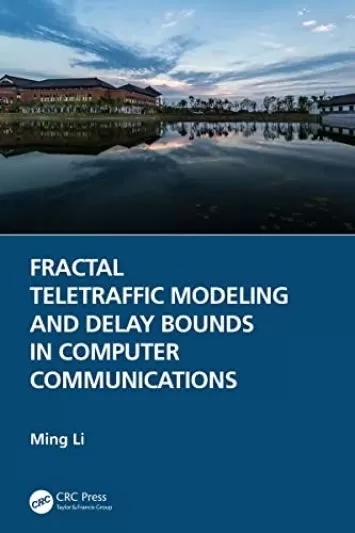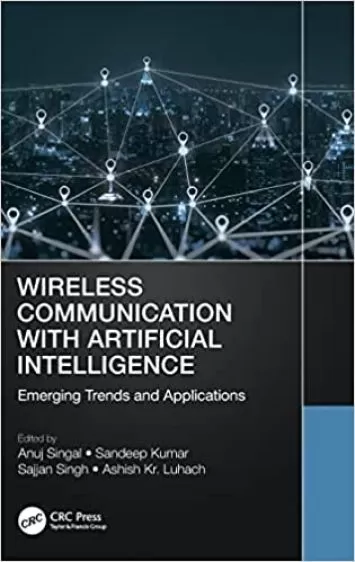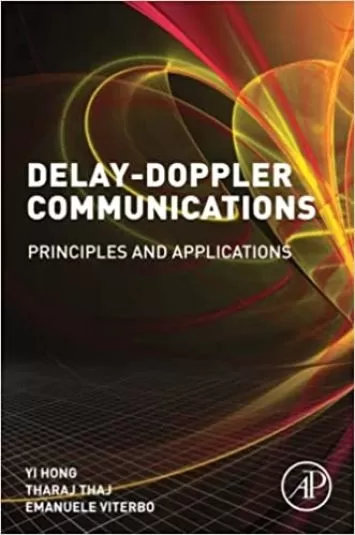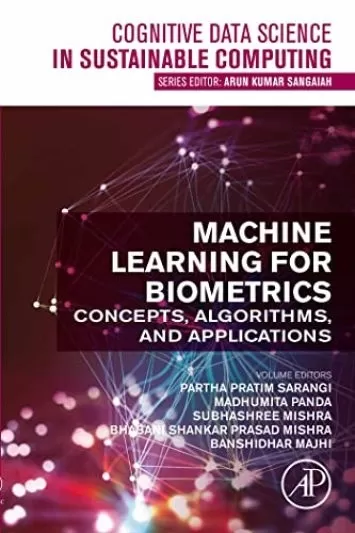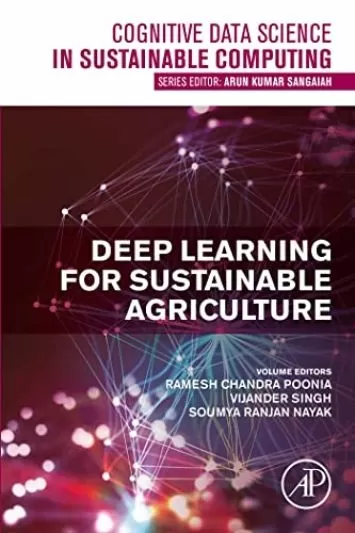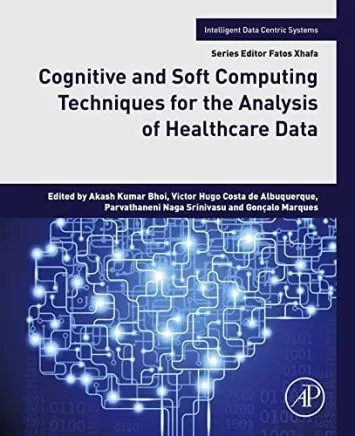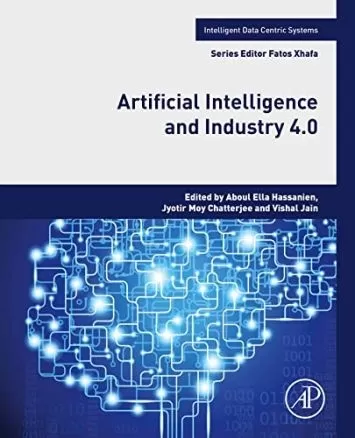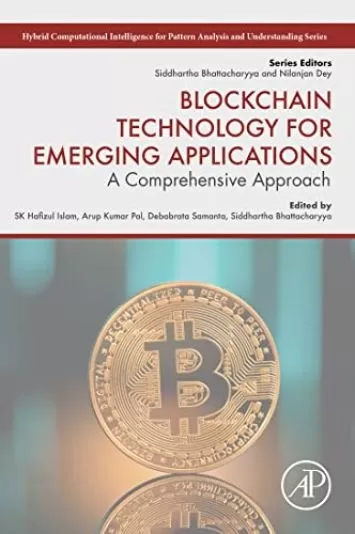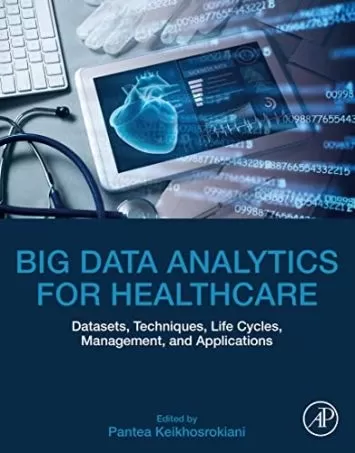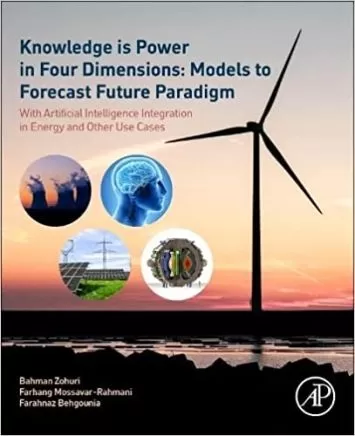Communication technology is a major contributor to our lifestyles. Improving the performance of a communication system brings various benefits to human beings. This book covers two typical such systems: wireless sensor networks and cellular networks. For wireless sensor networks, it presents the approaches of using mobile robots or UAVs to collect sensory data from sensor nodes; for cellular networks, it discusses the approaches to using UAVs to work as aerial base stations to serve cellular users.
This book presents recent development on the topic of mobile robot (ground robots or UAVs)-supported wireless communications. It gives a comprehensive review of the state of the art, presents approaches in several new scenarios of wireless communications, and discusses future research directions. Specifically, it will cover: 1) the challenges involved in the two considered networks (wireless sensor networks and cellular networks); 2) the existing approaches (e.g., how to use the public transportation vehicles to play the role of mobile sinks to collect sensory data from sensor nodes); and 3) open questions and potential methods to address the open questions.
--This text refers to the paperback
edition. About the Author
Dr. Hailong Huang received a B.Sc. degree in automation, from China University of Petroleum, Beijing, China, in June 2012, and received Ph.D degree in Systems and Control from the University of New South Wales, Sydney, Australia, in March 2018. From Feb. 2018 to July 2021, he worked as a postdoctoral research fellow at the School of Electrical Engineering and Telecommunications, University of New South Wales, Sydney, Australia. He is now an assistant professor at the Department of Aeronautical and Aviation Engineering, the Hong Kong Polytechnic University. His current research interests include the coordination, navigation and control of ground robots and unmanned aerial vehicles.
Prof. Andrey V. Savkin received M.S. and Ph.D. degrees in mathematics from the Leningrad State University, Saint Petersburg, Russia, in 1987 and 1991, respectively. From 1987 to 1992, he was with the Television Research Institute, Leningrad, Russia. From 1992 to 1994, he held a Postdoctoral position in the Department of Electrical Engineering, Australian Defence Force Academy, Canberra. From 1994 to 1996, he was a Research Fellow in the Department of Electrical and Electronic Engineering and the Cooperative Research Centre for Sensor Signal and Information Processing, University of Melbourne, Australia. From 1996 to 2000, he was a Senior Lecturer, and then an Associate Professor in the Department of Electrical and Electronic Engineering, University of Western Australia, Perth. Since 2000, he has been a Professor in the School of Electrical Engineering and Telecommunications, University of New South Wales, Sydney, NSW, Australia. His current research interests include robust control and state estimation, hybrid dynamical systems, guidance, navigation and control of mobile robots, applications of control and signal processing in biomedical engineering and medicine.
Dr. Chao Huang received the B.Sc. degree in automation, from China University of Petroleum, Beijing, China, in June 2012, and received Ph.D degree from the University of Wollongong, Australia, in Dec. 2018. From Sep. 2018 to Sep. 2019, she worked as a project leader at National Institute of Informatics, Tokyo, Japan. From Oct. 2019 to July 2021, she worked as a postdoctoral research fellow at the School of Mechanical and Aerospace Engineering, Nanyang Technological University, Singapore. She is now a research assistant professor at the Department of Industrial and Systems Engineering, the Hong Kong Polytechnic University, Hong Kong. Her interests include motion planning, human machine collaboration, fault tolerant, and automotive control and application. --This text refers to the paperback edition.








